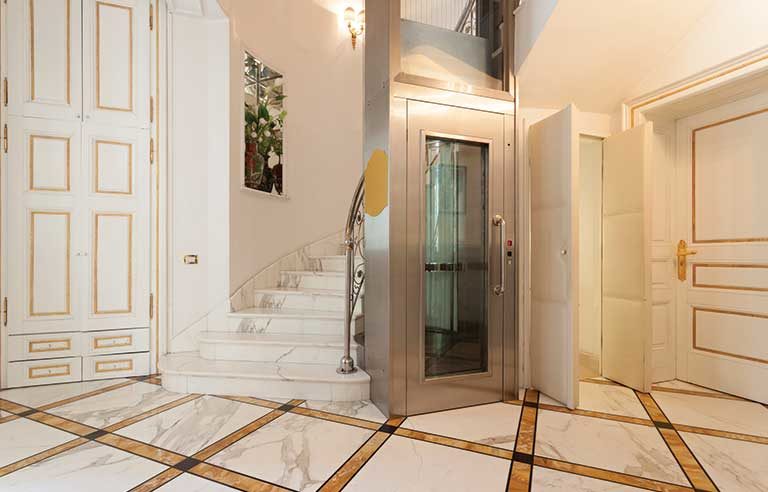Small kids being injured and killed in home elevators, CPSC warns

Washington — After reports of several tragic incidents involving small children getting trapped in gaps between residential elevator doors, the Consumer Product Safety Commission is urging owners to have a qualified inspector examine their home elevator.
Residential elevators are commonly found in multilevel residences, townhomes, vacation and rental homes, and large homes that have been converted to an inn or bed and breakfast, CPSC warned in a statement issued Aug. 1.
The gap between the elevator car door and the room access door, or hoistway door, may be large enough for a small child to fit into and get trapped. If a child enters this space, the room access door can close while the elevator car door remains open, which can seriously injure or kill the child when the elevator moves.
In the statement, released in conjunction with the Accessibility Equipment Manufacturers Association and the National Association of Elevator Contractors, acting CPSC Chair Ann Marie Buerkle said the agency is “aware of several tragic incidents in which children became entrapped between the doors, leading to death, serious fractures, traumatic asphyxia and lifelong injuries.”
CPSC recommends placing space guards on the back of the room access door to eliminate dangerous gaps or installing an electronic monitoring device that deactivates the elevator when a child is detected in the gap. The agency asks consumers to contact their elevator’s manufacturer or an installer to add these child safety devices.
Additionally, CPSC advises consumers to report any safety incident involving residential elevators at SaferProducts.gov.
Post a comment to this article
Safety+Health welcomes comments that promote respectful dialogue. Please stay on topic. Comments that contain personal attacks, profanity or abusive language – or those aggressively promoting products or services – will be removed. We reserve the right to determine which comments violate our comment policy. (Anonymous comments are welcome; merely skip the “name” field in the comment box. An email address is required but will not be included with your comment.)
